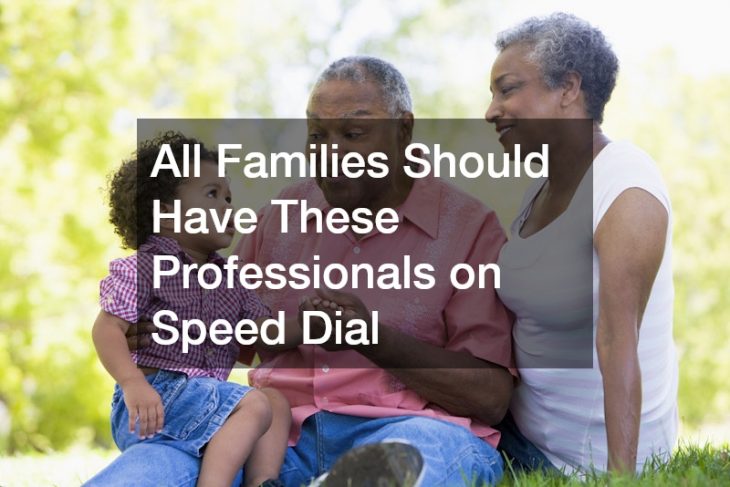
For the first time in almost a decade, the number of U.S. children without health insurance is on the rise. The year 2017 saw an increase in uninsured children from 4.7% to 5%, and while the exact numerical increase may be relatively small, experts are concerned about the possible implications.
Coverage By The Numbers
While the overall population hasn’t seen a significant drop in insured people, remaining firmly at 8.8% uninsured, there are currently 276,000 more children without health insurance this year. This suggests an alarming overall trend that could set the precedent for future years. It is highly unusual to see rates of coverage drop during periods of economic growth, and as this is the first drop in insurance rates in the past decade, experts seem to have reason to worry.
In addition to an increase in uninsured children, out-of-pocket spending has accelerated for the past three years across all types of health insurance, including for employer-sponsored coverage. The ultimate end result is fewer people having health insurance, and higher insurance costs for those who do.
General Public Uninformed On Insurance Options
One of the many reasons that the state of health coverage in the United States seems to be worsening could be due to a general lack of education on health insurance options. For example, most Americans do not know crucial information about health insurance, such as the fact that 100 percent of medical and long-term care insurance premiums are deductible from gross income to arrive at adjusted gross income. The current administration and President Trump have slashed funding dramatically for programs that would educate Americans on health insurance options and assistance available for those unable to afford health insurance, resulting in a less educated general populace.
Lack Of Coverage Means Less Care
With fewer children covered by health insurance, more families are forgoing important preventative care measures that could make the difference for children’s overall health and safety. These crucial preventative care measures are essential to protecting not just children, but the health of the general public.
In 2017, an estimated 19.5 million children under one year old worldwide did not receive DTP3 vaccines, reflecting a harmful trend of forgoing vaccination. Many of these children did not receive vaccinations as a result of lack of health coverage that would make payments difficult. This contributes to an already dangerous and harmful trend of children not receiving appropriate vaccinations, putting those who are not able to be vaccinated at risk.
Additionally, if this trend of lack of coverage continues in combination with increasing out-of-pocket costs, many adults will also not seek out preventative care they need. This is especially important in adult populations, where different health risks arise. Certain preventative screenings, such as mammograms for the second most commonly diagnosed cancer among women, breast cancer, can prevent serious and expensive conditions. However, if people are forced to pay exorbitant out-of-pocket prices, it is unlikely these screenings will occur.
Overall, the decrease in insured rates for American children does not bode well for the state of American health. With 2019 just on the horizon, it remains to be seen whether this trend will continue into the new year, and what that might mean for Americans’ health insurance everywhere.














